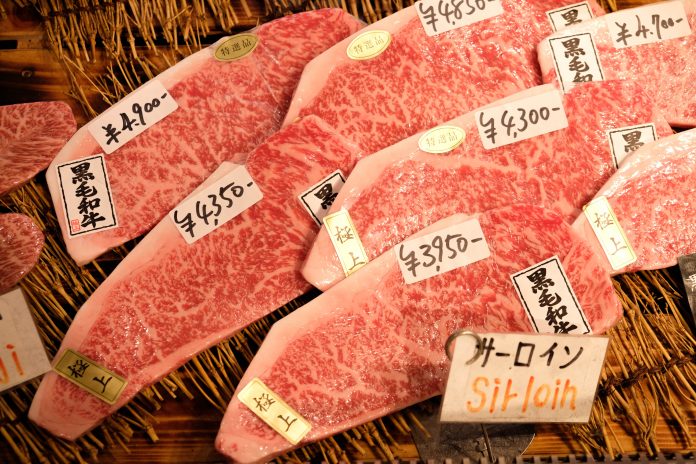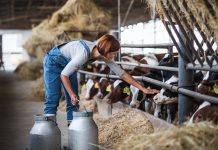A team at the University of Tokyo are creating steak meat in a petri dish, which could soon become the most realistic tasting biosynthetic meat available
As the world continues to increase in population, the way that meat is produced is becoming increasingly unsustainable. The tropical rain belt is moving steadily and creating uncertain farming conditions across the global south. From the perspective of carbon emissions, the mega-scale livestock operations that were once commonplace are also on their way out.
In the Amazon rainforest, illegal cattle farming feeds into an immense international beef export market. Burning fields to create open spaces for these cows results in 65,000-75,000 hectares of deforestation each year.
And in witnessing this gap opening up in the agricultural landscape, multinational corporations are establishing operations in poorer countries – which threatens local food security and Indigenous peoples, despite promising a cash injection to local economies.
In the vein of human sympathy, people are increasingly voicing their fears over how animals are treated in these operations and how they spend their final moments.
Meat that comes from a petri dish is not a new phenomenon. In upscale eateries across LA, customers can order meat that is biosynthetic – aka, the meat was never alive in the form of an animal. Rather, it is grown from animal cells in a laboratory setting. Now, Japanese scientists are working on improving the texture of this meat, specifically using bovine tissues.
‘Microbial contamination was undetectable’
Lead author, Yuya Morimoto, explained: “Our morphological, functional and food feature analyses showed that the cultured muscle tissue holds promise as a credible steak substitute. Breaking force measurements showed that toughness approached that of natural beef over time.
“Significantly, microbial contamination was undetectable; this has implications for cleanliness, consumer acceptability and shelf-life.”
The scientists used techniques found in regenerative medicine
The tissue engineering of cultured meat is a project shared across global labs, but so far, very few have mastered the realistic texture and taste of meat. The resultant products are usually granular, like minced meat.
A steak is a famous cut of meat that preserves the texture of real animal flesh, which is the ambition of this Tokyo-based team.
Mai Furuhashi, lead author, explains their experiment: “Using techniques developed for regenerative medicine, we succeeded in culturing millimeter-sized chunks of meat wherein alignment of the myotubes help mimic the texture and mouthfeel of steak.
“For this, myoblasts drawn from commercial beef were cultured in hydrogel modules that could be stacked allowing fusion into larger chunks. We determined the optimal scaffolding and electrical stimulation to promote contractility and anatomical alignment of the muscle tissue to best simulate steak meat.”
‘Supplement or replace animal sources’
“Our method paves the way for further development of larger portions of realistic cultured meat that can supplement or replace animal sources,” claims Shoji Takeuchi, senior and corresponding author.
“However, there is a long way to go before lab-grown meat is indistinguishable from the real thing and hurdles concerning consumer acceptance and cultural sensibilities are overcome.
“Nevertheless, this innovation promises to be a green and ethical alternative to animal slaughter in meeting our need for dietary meat.”











